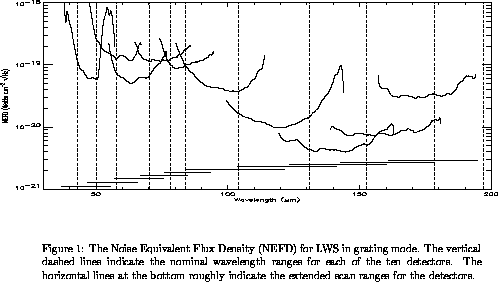




Experiments during checkout phase determined that the effects of ionising radiation on the detectors could be dramatically reduced by a combination of lower detector bias (except on detectors SW1 and SW2) and shorter (0.5 sec.) basic integration time (ramp length). This results in a quicker recovery following a glitch and in a stable baseline after the glitched data are removed. Reducing the integration ramp length inevitably results in a loss of instantaneous sensitivity owing to the increased read out noise compared to the use of 2 second ramps. The responsivity of the detectors has also been reduced owing to the reduction in bias. In some cases, however, the responsivity was poorly determined in ground based calibration and the net effect of the better determination of the responsivity and the reduction in bias has been to leave the value of the in orbit responsivity unchanged compared to that given in the observers manual. The NEFDs and NESDs used in the PGA software are determined using observations of the asteroid Ceres and are shown in figures 1 and 2 together with the nominal wavelength coverage of each detector.